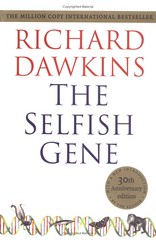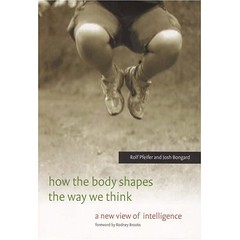Yesterday I talked about some artificial life software tools but I didn't talk about the basic idea I have in mind for the experiment. The basic idea for the experiment is quite simple. Imagine a group of primitive human-like agents trying to survive in a challenging environment. Overtime, the human-like agents adapt to the environment at an evolutionary, personal and cultural level. The evolutionary level is the physical level and is quite slow. Sometimes survival requires quicker adaptations and learning at a personal level is faster. However, personal learning does not last long and this is where cultural learning comes in.

Cultural learning is learning that exists outside of individual human-like agents such knowledge stored in a shared language and knowledge stored in changes to the environment such as writing and drawing. These ideas have been around for a while, such as in "Darwin Machines and the Nature of Knowledge" by Henry Plotkin. These ideas about language emerging has been around for a while in computer science as well.

You might ask why we need the evolutionary level at all. The reason is we need to have base the continual development of intelligence in life processes because it is one of the best models we because other tend models break down. That is a little vague, I know. Imagine you have an agent, how would you give it a goal? You could communicate a goal to it but your communication would be meaningless. The book, "What Computers Still Can't Do" by Hubert Dreyfus details this further.

In addition, consider why we do a lot of things that we do. Why do we feel the way we do? Why do we prefer certain goals, foods and actions? Why do we care for each other and our children? Why do we bother to cooperate? These ideas are important to the development of agents that can continually learn. The answer is that we are machines designed by evolution to survive and pass on our genes. The book, "The Selfish Gene" by Richard Dawkins talks about this further.

You also might ask why we need a 3D world for agents to interact with. The answer is that human-like intelligence has a large basis in our human bodies. Our language, our concepts and our perception is shaped by how our body interacts with the environment. Our motivations and our understanding of foundational concepts that we take for granted is also shaped by our bodies. These ideas are touched on by the above books and also in "How the Body Shapes the Way We Think" by Rolf Pfeifer and Josh Bongard.
So, at the end of all this, we need a neural network component, a genetic algorithm component and a 3D world. The genetic algorithm component is not that necessary because we can use interaction between the agents and the environment to provide evolutionary forces.
No comments:
Post a Comment